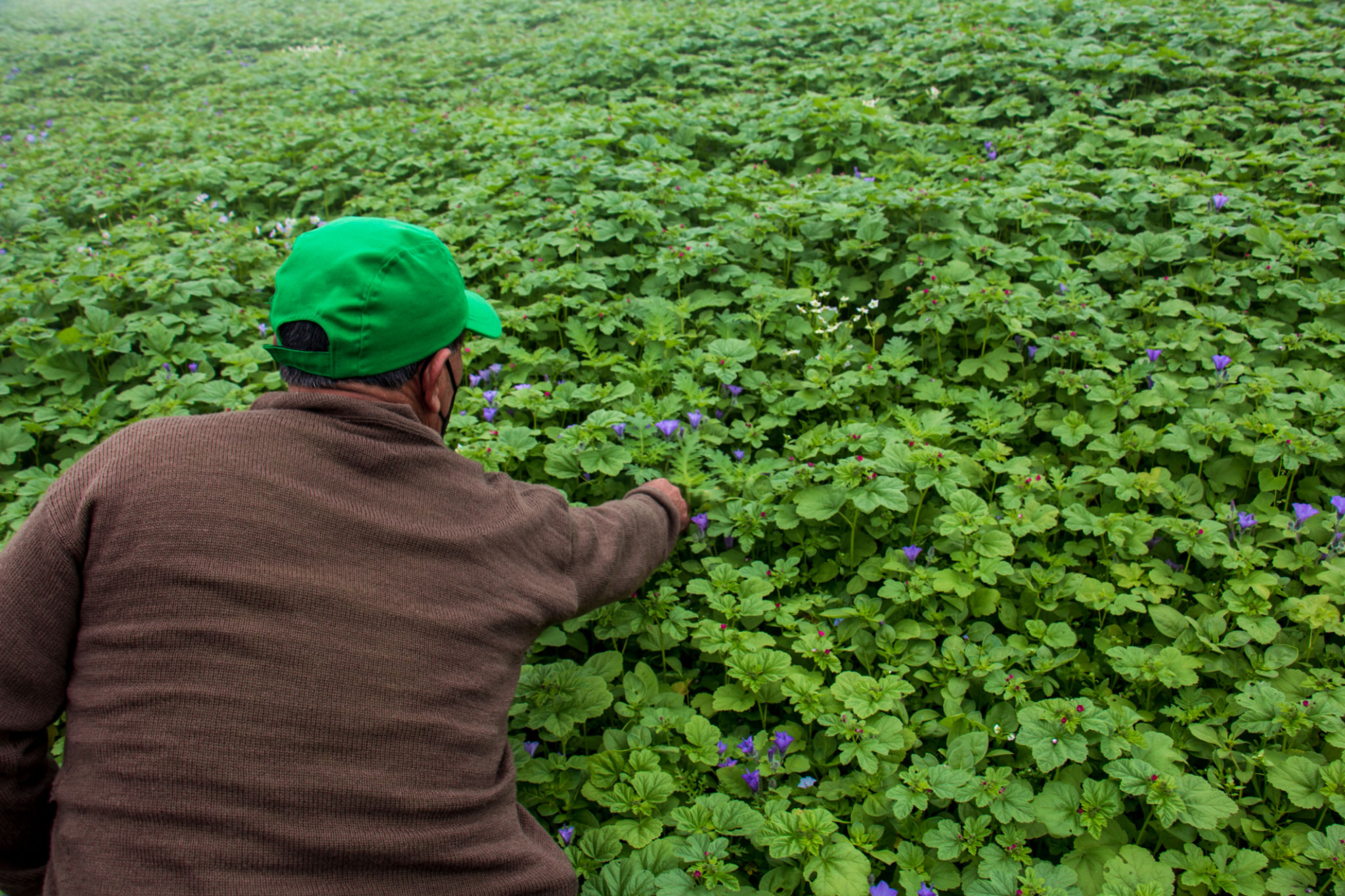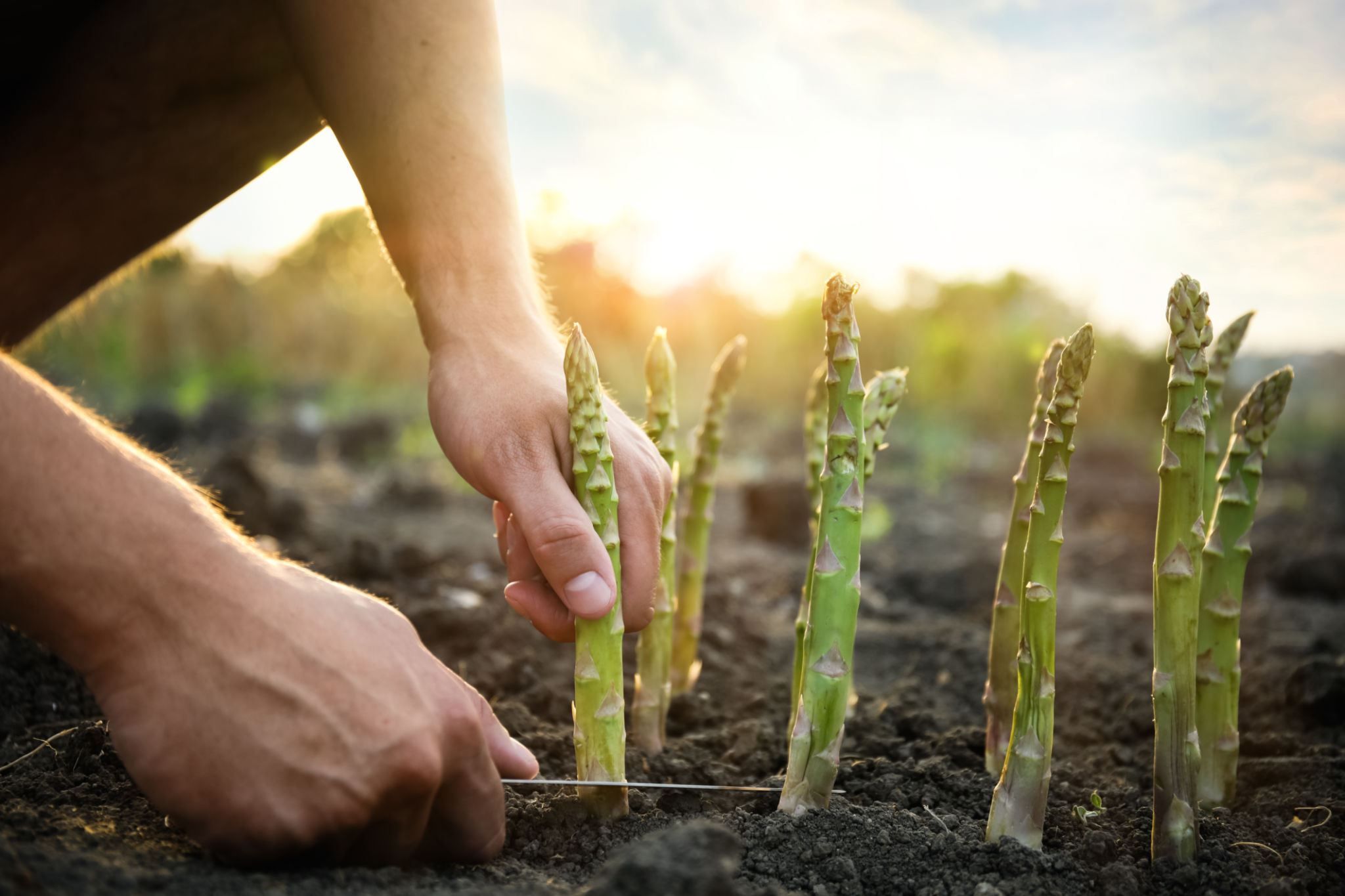Seasonal Guide to Exporting Asparagus from Peru
Understanding the Asparagus Export Market
Peru has emerged as a leading exporter of asparagus, thanks to its favorable climate and strategic location. The country's asparagus industry benefits from its ability to produce high-quality crops year-round, allowing it to meet the global demand consistently. Asparagus is one of Peru's top agricultural exports, with significant markets in the United States, Europe, and Asia.
The Peruvian asparagus sector is renowned for its innovation and adaptability. Producers and exporters have developed efficient processes to ensure that their products meet international standards, focusing on both green and white asparagus varieties. This adaptability has cemented Peru's position as a major player in the global asparagus market.

The Seasonal Cycle for Asparagus Production
Peru's unique geographical and climatic conditions allow for continuous asparagus production throughout the year. However, understanding the seasonal cycle is crucial for optimizing export strategies. The main harvesting periods typically occur from July to December, peaking in September and October. This timing aligns with periods of lower production in other asparagus-growing regions, giving Peru a competitive advantage.
During these months, exporters can leverage the high availability of asparagus to negotiate favorable trade terms and expand their market reach. It's important for exporters to plan their logistics carefully during these peak times to ensure timely and efficient delivery to international markets.

Logistics and Transportation
Efficient logistics and transportation are vital components of successful asparagus exporting. Given the perishable nature of asparagus, maintaining freshness during transit is essential. Exporters often use air freight to ensure rapid delivery to distant markets, although sea freight can be a cost-effective option for closer destinations.
Implementing cold chain logistics is critical to preserving the quality of the asparagus during transport. Exporters should work closely with logistics partners to ensure temperature-controlled environments from farm to port and beyond. This collaboration helps maintain product integrity and enhances customer satisfaction.

Quality Standards and Certifications
Meeting international quality standards and obtaining necessary certifications are imperative for exporting Peruvian asparagus. Certifications such as GlobalGAP, HACCP, and ISO are often required by importing countries to ensure food safety and product quality. Exporters must invest in proper training and infrastructure to comply with these standards.
By adhering to stringent quality requirements, Peruvian exporters can assure buyers of the product's safety and reliability. This commitment not only opens doors to new markets but also strengthens existing trade relationships by building trust with international partners.
Market Opportunities and Challenges
The global demand for asparagus continues to rise due to its nutritional benefits and versatility in culinary applications. This trend presents significant opportunities for Peruvian exporters to expand their market presence. However, challenges such as fluctuating exchange rates, trade regulations, and competition from other countries must be navigated strategically.
Exporters should focus on diversifying their client base to mitigate risks associated with market fluctuations. Additionally, staying informed about changes in trade policies and consumer preferences will enable exporters to adapt swiftly and maintain their competitive edge.

Conclusion: Thriving in the Asparagus Export Industry
Exporting asparagus from Peru offers a lucrative opportunity for those who understand the industry's dynamics and can effectively manage the challenges involved. By leveraging Peru's year-round production capabilities, adhering to quality standards, and optimizing logistics, exporters can successfully tap into global markets.
As the demand for healthy and fresh produce continues to grow worldwide, Peruvian asparagus exporters are well-positioned to capitalize on this trend. With strategic planning and a commitment to excellence, they can ensure the long-term success of their ventures in the international arena.
